Short Answer — A 1950 $10 bill may be worth as little as its face value ($10) or as high as several hundred dollars depending on its condition, serial number, and unique or rare printing features. For more information about how to find the value of a 1950 $10 bill, see below.
How Much Is a 1950 $10 Bill Worth?
Most 1950 $10 bills are not high in value. Age alone doesn’t make bills worth more money on the collectible currency market. The bill may be worth as little as its face value of $10.[1]
The bill may not even be quite as old as you think; unlike coins, which are identified by the year they’re minted, bills are identified by the year that the design was adopted.
A letter (series 1950A, 1950B, etc.) is added for every minor change to that same design.[2]
However, collectors are willing to pay considerable sums for bills with unique traits like unusual misprints or unique serial numbers.
A bill’s value depends on several factors: its condition, serial number, whether it includes a star note, and whether it includes any notable misprints.[3]
We detail these factors below to help you determine the worth of your 1950 $10 bill.
Condition
The better the condition of a bill, the more money it’ll be worth.
Grading systems may vary somewhat depending on the appraiser, but usually consider whether the bill has any wear, folds marks, tears, water damage, or damaged corners.
“Crisp uncirculated” currency is of the highest value, featuring no fold marks or wears, a crisp and deeply colored surface, and sharp corners. [4]
An uncirculated 1950 $10 bill with no other significant features will usually sell for around $35.[5] Bills in lesser condition will fetch smaller prices.
Serial Numbers and Star Notes
The serial number is a collection of numbers and letters appearing on the bill to denote each bill’s unique identity and the series year.
Some bills also include a “star note,” a suffix added to the serial number when a bill is replaced due to damage during production.[2]
The most valuable star notes are those older than the year 1935, so having a 1950 $10 bill with a star note is not enough to make it worth more than face value.[6]
Other irregularities in the serial number can make a 1950 $10 bill more valuable, however. The most popular serial oddities include:[7][8]
- Solid serial numbers: Made up of only one number, e.g., 33333333
- Low serial numbers: Made up of two or less digits, e.g., 00000003
- Trailing zeros: A number followed by zeros, e.g., 30000000
- Ladders: A sequence of numbers, e.g., 12345678
- Radar serial numbers: Read the same forward or backward, e.g., 34444443
- Flippers: Read the same upside down, e.g., 86688998
- Repeaters: Made up of a number that repeats, e.g., 31403140
- Binary: Made up of only “0” and “1,” e.g., 10010011
- Standalones: Made up of a number surrounded by zeros, e.g., 00030000
It’s difficult to name an exact value for each of these “fancy” serial number types since your valuation will depend on the other factors discussed here.
Still, if you have a bill in good to excellent condition, these features can increase its value even further. Many bills of these types in good condition sell for $50 to $100 or more.[9]
Valuable Misprints
Misprinting refers to any errors that occurred during the printing process.
It’s important to note that no misprint is unique. Often, when one mistake is made, many more notes are printed the same way before the problem is detected. The value is often based on the rarity of the misprint.
Some examples of misprints include seals and serial numbers appearing in the wrong spot, missing elements, mismatched serial numbers, inverted signatures, and ink smears — each having its own unique value.[10]
You might have noticed something missing on a 1950 $10 bill when compared to current bills: it doesn’t include the motto “In God We Trust.” This isn’t a misprint — the words weren’t added to the $10 bill’s design until 1964.[11]
Upside down flags printed on the bill’s back are also not considered a misprint and add no value to the bill.[12]
Where to Buy/Sell
Since the value of a 1950 $10 bill varies so widely, your best bet when buying or selling is to consult an expert on currency collection, such as Manifest Auctions or American Rarities.
The eBay Coins & Paper Money marketplace can also be a good place to buy and sell, connecting collectors and sellers worldwide.
 William Lipovsky
William Lipovsky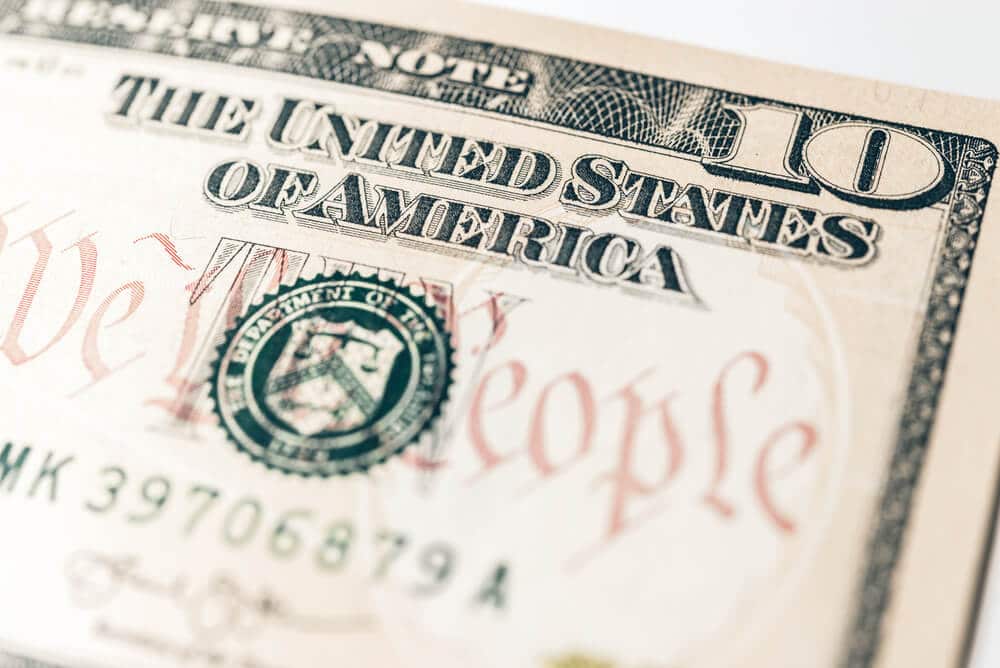

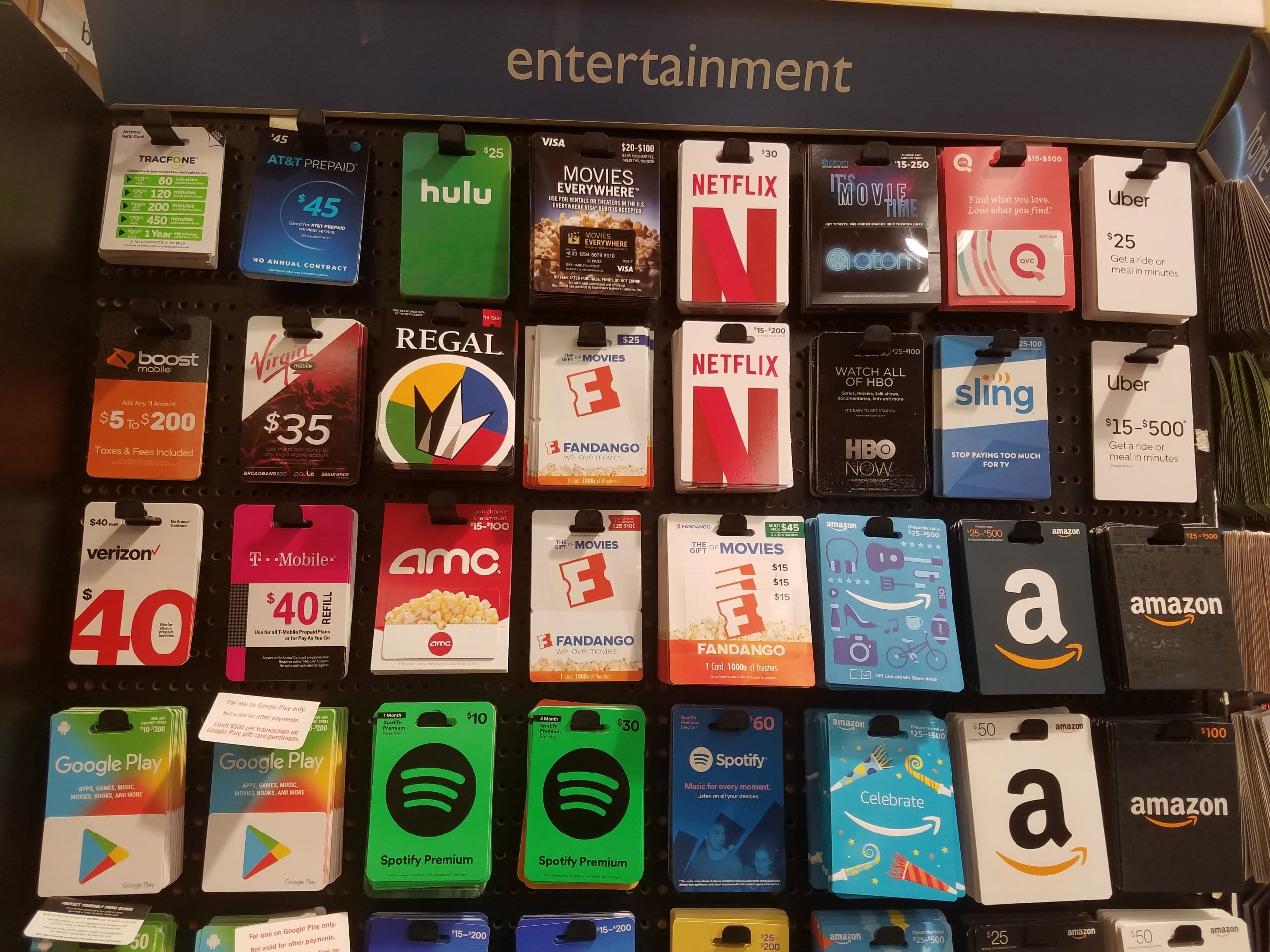


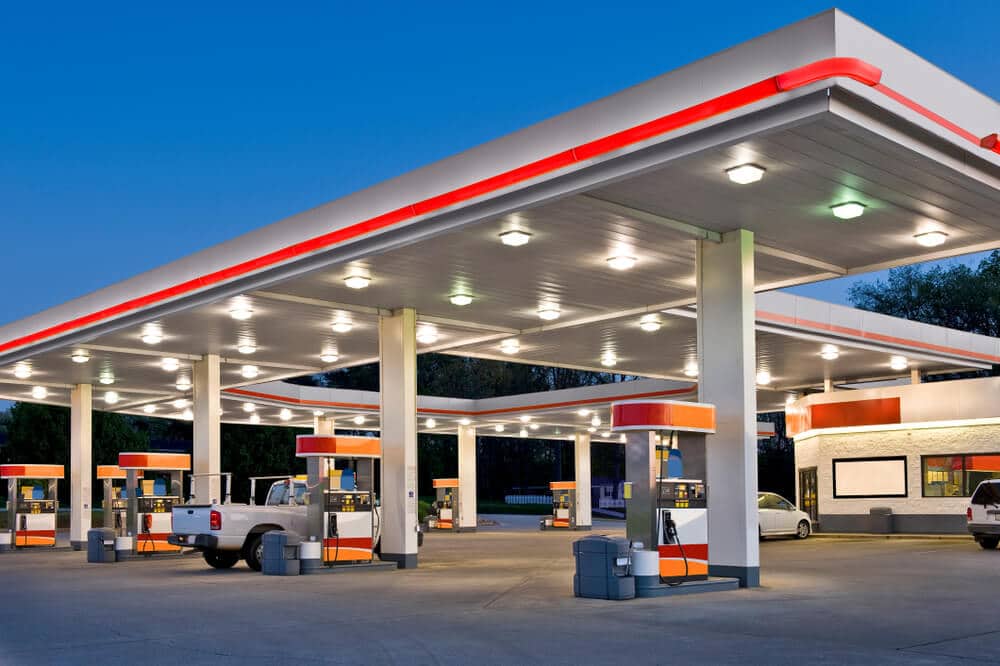
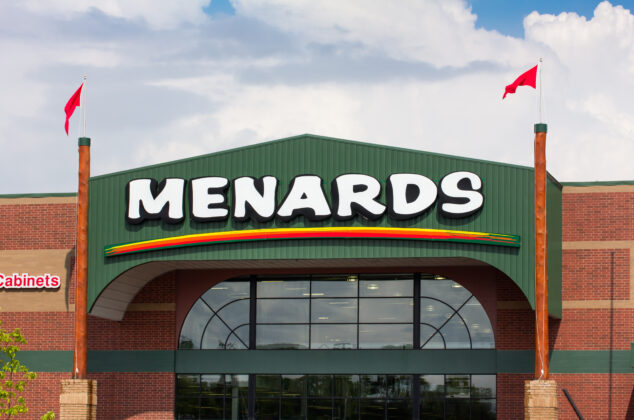
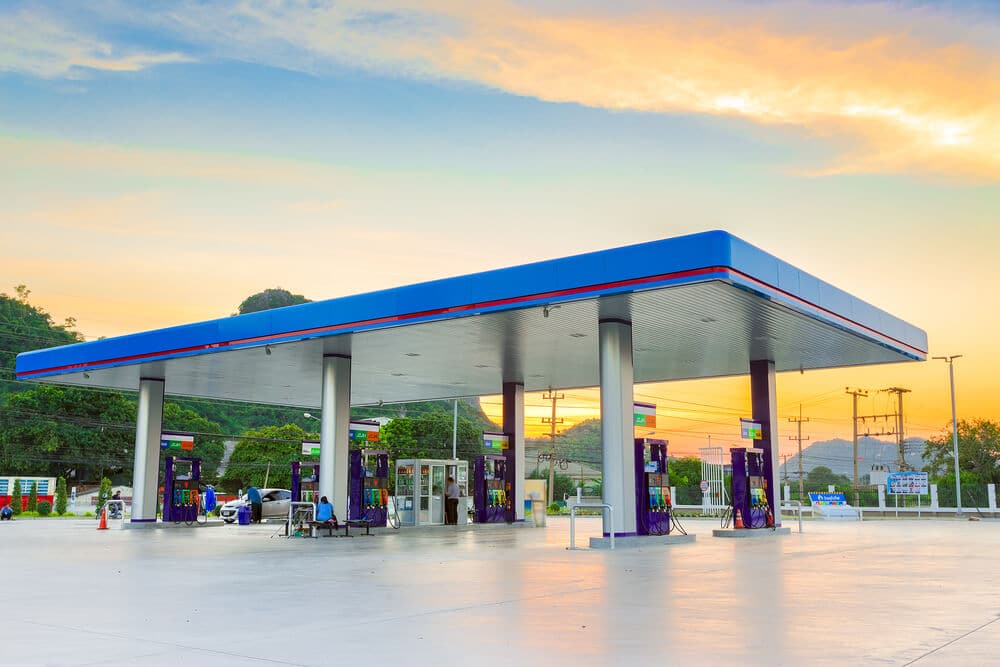
Hello, We found a $10 “star” bill that is in really good condition with serial # K 02720296 *
Hi Billy,
Unfortunately, it doesn’t look like your serial number features any rare characteristics that would increase the bill’s value. The star generally does not add value to bills that are from the 1950 series or newer (except on bills with a fancy serial number). If the bill is in mint condition (no tears, folds, or other signs of wear), it could be worth up to $20 (or $35 if it’s a Series E bill); otherwise, it’s likely only worth face value. I hope this helps!
Hi, I have a 1950 Series E $10, the number is B37187382K. It’s in pretty good condition for being circulated other than fold lines. Only other distinct features is uneven cut lines.
Hi Frankie,
Unfortunately, it doesn’t look like your bill’s serial number contains any unique identifiers that would increase the value. Since the bill is not in mint condition, it’s likely only worth face value. However, if there’s a noticeable error in the way that the bill was cut, it is possible that it may be more valuable to collectors. If the miscut on your bill is very obvious or severe, it may be worth taking the bill to a local currency dealer.
I have a 1950 D ten dollar bill serial number is G69526422G is it a fake? Everything checks out but the starting with a G and ending with a G doesn’t seem right.
Hi Chris,
The letter before the serial number indicates the place where the bill was printed — in this case, Chicago. The last letter simply identifies how many times that serial number has been used; it advances through the alphabet with each run. It doesn’t look like the serial number contains any unique characteristics, so unless the bill is in mint condition, it’s likely only worth face value. I hope this helps!
Hello I have a 1950 $10 bill it does have some folds but is in other wise good condition the serial number is G19263454E wat do u think keepsake or sell?
Hi Gregory,
It doesn’t look like the serial number has any rare identifiers that would increase the bill’s value. Since the bill is not in mint condition, it’s likely only worth face value. Sorry I couldn’t bring you better news!
I have a series 1950 C
Serial Number – F 10369654 C
Also looks like the number 6 in the top right corner under the serial number kind of bled through to the back of the bill but I’m not certain
Hi Ashley,
Unfortunately, it doesn’t look like your serial number contains any unique identifiers that would increase the value of the bill. A significant misprint or overinking can make the bill more valuable to collectors, but typically this needs to be a very prominent feature to have much of an effect. If you think your bill may be collectible because of an overinking error, it’s worth taking the bill to a local currency dealer or sending a clear picture or scanned image to the appraisers at Old Currency Values for an estimate. If the overinking/ink smear is very minor, the bill is likely only worth face value. I hope this helps!
1950 E $10 serial number G48725838H
Has four large 7’s on front. Next to the 7 in top right corner it has a G. Bottom right corner 7 has a G followed by 469
Upside down flag on back. To the right of the treasury building is 1711
Have carried it in my wallet for a few months so it has a crease in the center. Any help would be great. Thanks!
Hi Andy,
It looks like your serial number doesn’t contain any unique identifiers that would increase the value of the bill. The 7s and the G are both identifiers of the mint where the bill was printed — in this case, Chicago. The “469” on your bill is the serial plate number, which indicates the plate with which the bill was printed. None of these elements add to the worth of the bill. The upside flag is not considered a defect, and this will also not have an effect on the value. Unfortunately, since the bill is in less than mint condition due to the creases you’ve described, it’s likely only worth face value. Sorry I couldn’t bring you better news!
Thank you for the fast reply! Just fun to have more information about it! Great site and info!!
Hi Andy,
You’re very welcome, and I’m glad you enjoy the site! If you run into any other questions, definitely let me know!
I jave a 1950b 10 dollar bill that is missaligned both sides and the back is a way brighter green serial is j81350659a. It jas upside down flag and symbol behined the word ten is also misaligned. Has a couole folds but other than tjat in great shape
Hi AJ,
It doesn’t look like your serial number has any unique identifiers that would increase the bill’s value. The upside flag is not considered a flaw and will not add to the value either. However, the misprints you’ve described could definitely make the bill worth more than face value to collectors. Misprints can increase the value of the bill anywhere from a few dollars up to ten times face value, depending on the severity of the misprint and the overall condition of the bill. To get an exact estimate of how much your particular bill is worth, it’s a good idea to take the bill to a local currency dealer, or you can send a clear photo or scanned image to an appraiser. Best of luck!
I have a 1950 ten dollar bill that looks to be off center. The serial number is B91554079F. Just curious thanks.
Hi Ed,
Unfortunately, it doesn’t look like your serial number contains any unique identifiers that would increase the value. However, if the bill is misprinted to be off-center, it may have additional value as a collectible bill. If the misprint is very minor, it’s likely still worth face value — but a severe misprint could increase the value up to 10 times face value. To get an estimate on your particular bill, I would recommend bringing it to a local currency dealer or sending a clear picture or scanned image to an appraiser. Best of luck!
I have a ten dollar bill 1950 D series E67800013C.
Please let me know if it has value over $10.
Thank you,
Hi Annemarie,
Unfortunately, it doesn’t quite look like your serial number has any unique characteristics that would add to the bill’s value. It has the beginnings of a ladder, but since the pattern doesn’t follow through, the bill is likely only worth face value if it isn’t in mint condition. Sorry I couldn’t bring you better news!
Have a ten dollar bill, series is D. Serial is G 67100246 G, is this worth anything?
Hi Candy,
It doesn’t look like your serial number includes any unique identifiers that would increase the value of the bill. Unless the bill is in mint condition, unfortunately, it’s likely only worth face value. Sorry I couldn’t bring you better news!
E SERIES B32187067K
Hi Kenny,
Unfortunately, it doesn’t look like your serial number contains any unique identifiers that would increase the value. If the bill is in mint condition (no folds, rips, or other signs of wear), it could be worth up to $35. Otherwise, it’s likely only worth face value. I hope this helps!
Hi,
I have a1950 10$ bill D series
E11351027 ITS IN PERFECT CONDITION i was wondering if its worth anything?
Hi Nikita,
It doesn’t look like your serial number includes any rare or unique characteristics that would increase the value. However, if the bill is in mint condition (keeping in mind that to be considered true mint condition, the bill must be “crisp uncirculated,” with no signs of wear or folding), it could be worth up to twice face value — so you could get up to $20 for the bill from the right buyer. Best of luck if you decide to sell!
Hi I have this 1950 10 dollar serial number f 43837999c and it doesn’t say in God we trust it Federal reserve note does it have any value?
Hi Gabriel,
All 1950-series ten dollar bills are missing the “In God We Trust” motto; this text did not appear until the following series, which was produced in 1964. Unfortunately, it doesn’t look like your serial number contains any unique identifiers that would increase the bill’s value. Unless the bill is in mint condition, it’s likely only worth face value. Sorry I couldn’t bring you better news!
1950 series a 10 dollar bill serial e87928278a no folds no tears very crisp condition. what is it worth?
Hi Keith,
Your bill is so close to being a radar! Unfortunately, the “9” in the middle prevents the serial number from fitting into this category. If the bill is in mint condition, as it sounds like it is, you still may be able to get double face value for it from the right buyer — so the bill could be worth up to $20. Best of luck!
1950 Ten dollar bill A47477366A, it does have creases. It does look like one of the flags on the back could be upside down.
Hi Stacey,
While the first two digits of your bill do repeat, it doesn’t look like the serial number as a whole contains any valuable patterns that would increase the value. Unfortunately, the upside down flag doesn’t add to the value of the bill either. Since it isn’t in mint condition, the bill is likely only worth face value. Sorry I couldn’t bring you better news!
1950 ten dollar bill series B. Serial number H11182927B has been folded and creased but no rips or tears. Any value?
Hi Tim,
Unfortunately, it looks like your serial number doesn’t contain any unique characteristics that would increase the value. Since it’s not in mint condition (a bill typically needs to be crisp and uncirculated to qualify as mint), the bill is likely only worth face value. Sorry I couldn’t bring you better news!
Hi! I have a 1950 10.00 bill series G serial # 5925077X D. Thank you in advance!
Hi Alexander,
Just to clarify, is the “X” in the final digit actually marked as an X, or is it an illegible number? I don’t see any patterns in the rest of the serial number that would necessarily increase the bill’s value, but certain misprints (like an ink smudge over the serial number) could potentially increase the value several times over. If you think you have a bill with a notable misprint, a great way to get a specific estimate of the bill’s worth is by sending a scanned image or clear picture to an appraiser. Best of luck, and please let me know if I can answer any further questions!
Does the ones without a series letter make a difference in anyway?
Hi Betty,
All bills are typically printed with both a serial number and a series date (1950 A, etc.). If your bill is missing one of normal elements, such as a series date, a Federal Reserve Seal, or district number/letter, the bill may be worth more than face value, as this is considered a misprint. If you believe your bill may be worth more as a result of a misprint, you can visit a local currency dealer or email a clear image of the bill to an appraiser. Best of luck!
I have a 1950 $10 bill series A serial # B 52455324 E
Thank you for your help 🙂
Hi Taylor,
Your serial number is so close to being a repeater, except for the last few digits! Unfortunately, since it’s “324” instead of “245,” it isn’t considered a fancy serial number. Unless the bill is in mint condition with no signs of wear, it’s likely only worth face value. Sorry I couldn’t bring you better news!
Hi there! I have a 1050’s 10 dollar bill. The # is G72669068A.. worth anything? Thank you in advance!
Hi Shelby,
Unfortunately, it doesn’t look like your serial number contains any rare characteristics that would increase the value of the bill. Unless it’s in mint condition, the bill is likely only worth face value. Sorry I couldn’t bring you better news!